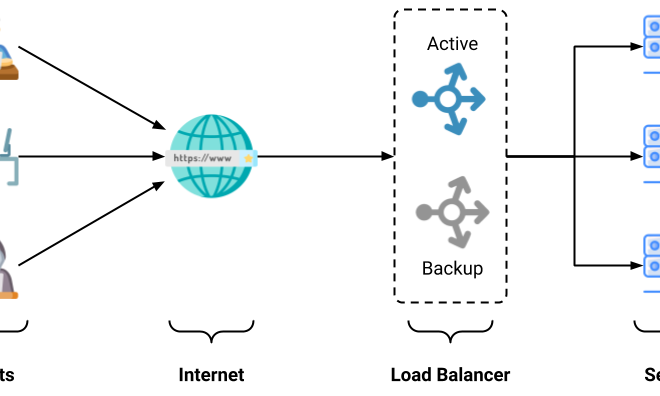What Are Load Balancing Methods?

Load balancing is an essential technique used to distribute workloads across multiple computing resources. With the growing demand for high-availability and high-performance systems, load balancing has become a crucial component in modern-day infrastructure. Various load balancing methods are available, each designed to suit different use-cases and requirements. In this article, we will discuss some of the most common load balancing methods.
1. Round-robin Load Balancing
Round-robin load balancing is one of the simplest and most commonly used methods. In this method, requests are distributed equally across all available servers. The load balancer routes the first request to the first server in the list, the second request to the second server, and so on. Once it reaches the end of the list, it starts again from the beginning. This method helps to balance the workload across all servers, irrespective of their capacity.
2. Least Connections Load Balancing
Least connections load balancing is another popular method that directs incoming requests to the server with the fewest active connections. The load balancer monitors each server’s connection count and routes new requests to the server with the lowest connection count. This method ensures that no single server becomes overloaded with traffic at any given time, making it ideal for applications that require high availability.
3. IP Hash Load Balancing
IP Hash Load Balancing is a method that uses the client’s source IP address to determine which server to route traffic to. The load balancer calculates a hash value based on the client’s IP address and then sends the request to the server associated with that hash. This technique ensures that all requests from the same client are sent to the same server consistently. This method is particularly useful for applications that require session persistence.
4. Weighted Load Balancing
Weighted load balancing is a method that assigns a weight to each server. The servers with higher weights receive more traffic than servers with lower weights. This method is useful when some servers have a higher capacity or are more powerful than others. Weighted load balancing helps to balance the workload across the servers while taking individual server capacity into account.
Conclusion
Load balancing is a critical infrastructure component that helps to ensure high-availability, performance, and scalability of distributed systems. Each load balancing method has its unique strengths and limitations, and choosing the right one depends on your specific use-case and requirements. Understanding the various load balancing methods can help you build a robust, scalable, and high-performing architecture for your application or system.





